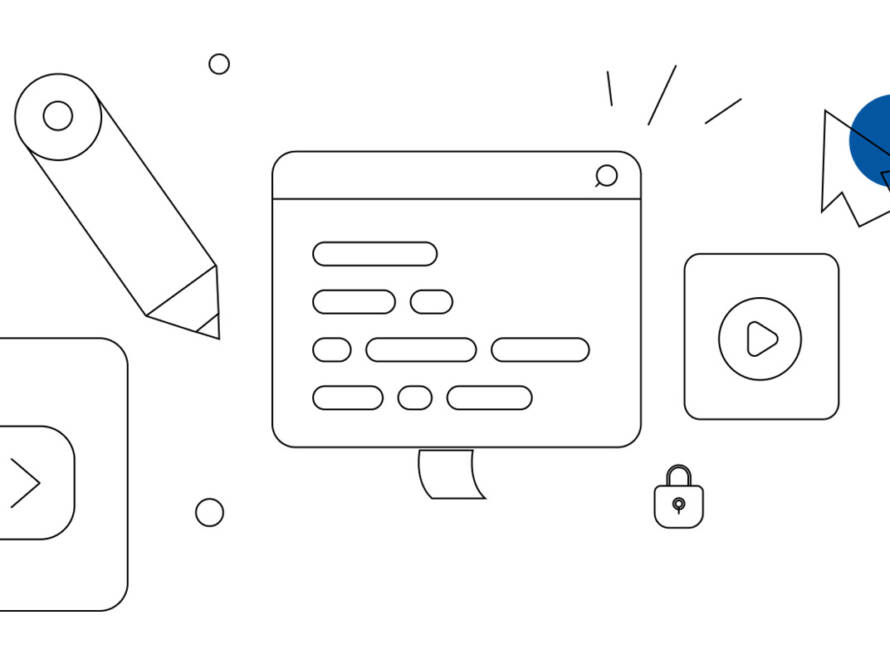Software testing is a crucial component of the software development life cycle. It ensures that the software meets the functional and non-functional requirements specified by the stakeholders. However, testing can be a time-consuming and labor-intensive process, especially for large and complex software projects. Organizations can adopt various practices to streamline the software testing process.
We will discuss some best practices for software testing, including planning, collaboration, adopting different testing methodologies, the use of automation tools, continuous testing, and tips for creating effective test cases. These practices can help organizations reduce the cost of testing, reduce the time to market, and improve the overall quality of the software.
Planning
Planning is a critical aspect of software development that should not be disregarded. A well-planned software testing process can greatly reduce the time and effort required for testing, ensure that testing is performed efficiently and effectively, and improve the software’s overall quality.
In the planning phase of software testing, it is essential to define clear goals and objectives that should be specific, measurable, achievable, relevant, and time-bound, commonly known as SMART goals. The goals and objectives should be established to ensure that the software testing process aligns with the project’s overall objectives and requirements.
Defining the testing objectives entails comprehending the software requirements and establishing what the testing process should achieve. Identifying the testing scope involves determining the functional and non-functional aspects of the software that will be tested.
Creating a test plan involves defining the testing strategy, including the testing approach, methodologies, and schedule. Finally, determining the required resources entails identifying the tools and personnel necessary to carry out the testing process successfully.
“Partnering with Exper Labs means partnering with a team of experienced professionals who are dedicated to delivering quality software solutions.”
Collaboration
Collaboration is another crucial best practice for software testing. Collaboration between testers, developers, and other stakeholders can help to identify and resolve issues quickly, ensure that the testing process aligns with the project’s overall objectives, and improve the quality of the software. Effective collaboration requires open communication, mutual respect, and a shared understanding of the project’s goals and requirements.
Collaboration can take many forms, such as joint code reviews, regular team meetings, and feedback sessions. During joint code reviews, developers and testers can review code together, identify potential issues, and ensure that the code meets the project’s requirements. Regular team meetings can provide an opportunity for team members to discuss project progress, share ideas, and raise any concerns or issues. Feedback sessions can allow stakeholders to provide feedback on the software’s functionality, usability, and overall quality.
It can also help to ensure that the testing process is integrated with the development process, allowing for continuous testing and feedback throughout the development life cycle. By involving stakeholders throughout the development and testing process, organizations can ensure that the software meets their requirements and is of high quality.
“Ultimately, the goal of software testing is to ensure that the software is of high quality, meets the requirements of stakeholders, and delivers a positive user experience.”
Adopting Different Testing Methodologies

In software testing, several methodologies can be used to ensure the quality of the software being developed. The most common testing methodologies include:
- Waterfall Testing
This is a sequential testing methodology where each testing phase must be completed before moving on to the next phase.
- Agile Testing
Agile testing is an iterative testing methodology where software is developed in short cycles called sprints, with testing performed throughout the development process.
- Exploratory Testing
This is a testing methodology where the tester explores the software, its features, and functionality, and creates and executes tests simultaneously.
- Black Box Testing
Black box testing involves the tester having no knowledge of the internal workings of the software and the testing is purely based on the external inputs and outputs.
- White Box Testing
In white box testing, the tester knows the internal workings of the software and tests it by examining its internal structure and logic.
- Acceptance Testing
This is a testing methodology where the software is tested to ensure that it meets the acceptance criteria and satisfies the requirements of the stakeholders.
- Regression Testing
Regression testing comes in when previously tested functionalities are re-tested after changes have been made to the software to ensure that it still functions as intended.
These testing methodologies can be used in combination with each other to achieve comprehensive and effective testing.
Automation Tools
Automation tools are an important component of software testing best practices. They can significantly reduce testing time and effort while improving accuracy and efficiency. Regression, performance, and functional testing are some examples of testing activities that can be automated.
Regression testing ensures that the software continues to function as intended after any changes. Automation tools for software testing help by running test scripts and comparing results with previous test runs. Performance testing involves testing the software’s performance under various loads and conditions, and automation tools can simulate these conditions. Functional testing involves testing the software’s functionality by comparing actual results with expected results.
However, it’s important to remember that test automation tools cannot entirely replace manual testing. A combination of both manual and automated testing is recommended for comprehensive and effective testing. Automation tools are best used for repetitive tasks, freeing up testers to focus on more complex and critical testing activities.
“Continuous testing is a vital part of modern software development, enabling teams to deliver high-quality software faster and more efficiently.”
Continuous Testing

Continuous testing is an effective software development practice that involves ongoing testing of software throughout the development life cycle.By integrating testing into the development process and running tests automatically with every new code addition, continuous testing identifies issues early, reducing the risk of bugs and defects in the final product. Continuous testing requires collaboration between testers, developers, and stakeholders and can be achieved through automation tools and adopting an agile or DevOps approach.
The benefits of continuous testing include faster delivery, improved quality, and reduced risk. However, it’s important to consider the time and resource investment before deciding to adopt this approach.
Creating Effective Test Cases
Creating effective test cases for software testing is essential for successful testing. Here are some tips for creating effective test cases:
- Defining Clear Objectives
Creating effective test cases requires clear objectives that are specific, measurable, and outline the expected results. These objectives ensure that tests are focused and produce meaningful results for improving software quality.
- Be Specific
This includes identifying the exact input values, expected outputs, and any preconditions or assumptions that need to be met for the test to be valid. Specificity helps ensure that the test case is unambiguous, reducing the risk of errors and increasing the efficiency of the testing process.
- Use Simple and Concise Language
This helps ensure that the test cases are easily understood and executed by testers. Test cases should be written in a clear and straightforward manner, avoiding complex technical jargon or ambiguous language. By using simple and concise language, test cases are more likely to accurately reflect the intended functionality and behavior of the software being tested.
- Using Traceability
To create effective test cases, it is important to use traceability, which means linking each test case to specific requirements or user stories. This ensures that all aspects of the software are tested and that testing is not duplicated. Traceability helps identify gaps in testing and ensures that all requirements are met before releasing the software.
- Prioritizing Test Cases
An essential component of creating effective test cases is to prioritize them based on their significance and potential impact on the software being tested. By categorizing test cases according to their priority level, the most critical and high-risk areas of the software can be tested comprehensively, while lower-priority areas can be given less attention. Prioritization can also help optimize testing efforts, minimize testing time and expenses, and ensure that the most crucial issues are detected and resolved early in the testing phase.
“Exper Labs adopts an innovative and agile approach to software development and is dedicated to delivering exceptional customer service and satisfaction.”
In Summary
In conclusion, effective software testing is essential for ensuring the quality and functionality of software applications. Following best practices such as planning, adopting different methodologies, using automation tools, forming a collaboration between the team, and creating effective test cases can help identify and address issues early in the development process, saving time and costs and improving the overall quality of the software product.
Exper Labs, a custom software development company, has been providing stellar software solutions to its clients for the past decade. The company’s success can be attributed to its adherence to best practices in software testing, such as defining clear and specific objectives, using automation tools, creating effective test cases, and collaborating with the team. By following these principles, we have been able to consistently deliver high-quality software solutions that meet the needs of our clients. Reach out to us now to learn more about software testing and how we implement these practices.



